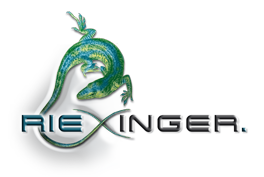Integration of industrial robots
We offer solutions that connect humans and robots.
Automated processes and robot-controlled systems are seen as cornerstones of “Industry 4.0”. The integration of industrial robots or a robot plant, compared to conventional machines or manual work, offers a special added value for many areas such as handling and processing. Not only are they often cheaper, but they also deliver a better quality of work.
Savings can be found in direct and fixed costs, as well as in material, personnel and energy costs (approx. 20%). The comparison with classical CNC systems in the process area clearly shows the advantages of a user-friendly and flexible robot system. This is an important point, because in the future robot controls will be simplified in order to be able to operate them with a minimum of previous knowledge. In the following you will find the most important features of an integrated robot system.
Advantages of autonomous systems
Autonomous systems have some advantages from the outset. Robot-supported even many more. Savings, quality improvements and increased safety are just a few of these advantages. The most important points are listed below:
- Reduction of operating costs
- improvement of working conditions through increased safety
- Increase in production output
- reduction of material waste & increase in yield
- Flexible working methods
- User-friendly control
An essential component in the integration of industrial robots is the programming
Our offline programming with the help of a CAD/CAM system enables you to independently manage complex machine commands, paths and contours. Special robot functions: Verification and optimization of specific robot topics like singularity, collision and reachability. The preparation of a part to be machined can be easily understood using the example on the right.

Simple operation of the controller facilitates the integration of industrial robots
Samsung and the others are leading the way. Simple operations, clear structures and standardised interfaces offer a wider audience the opportunity to get to grips with technologies that are otherwise reserved for specialists. The user interface of the control offers direct CNC programming with extended functions such as cycles, routines, measurements and commands.

Applications— Ready to use
In the meantime, a lot of additional options and modular solutions are available for robots. “Ready to use” these applications are to be seen as simple extensions, which usually do not require any special configuration or installation. Below are some examples of the applications:
- Calibration systems for an automated
TCP solution - Control and calibration for tool length and wear
- Automatic partial calibration devices
- Handheld navigators which are controlled by a 3D mouse
